Introduction to Red Chilli
Red chilli refers to ripe chili peppers that have turned from green to red as they mature. It's not a single variety but a category that includes many types of chili peppers such as cayenne, jalapeño (when ripe), and habanero. The heat comes from capsaicin, a natural compound concentrated in the white membranes and seeds. This guide explains what red chilli is, its varieties, culinary uses, and practical tips for cooking.
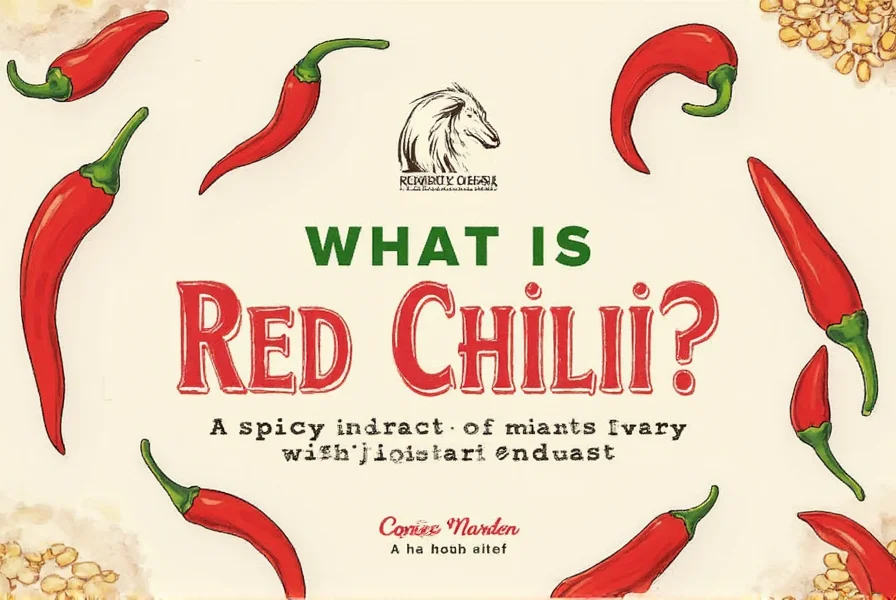
Spice Basics: What Makes a Chilli 'Red'?
Red chilli's color results from ripening, where chlorophyll breaks down and carotenoid pigments like capsanthin develop. This process typically increases heat and flavor complexity compared to green unripe peppers. The Scoville scale measures capsaicin concentration, with heat levels varying significantly by variety.
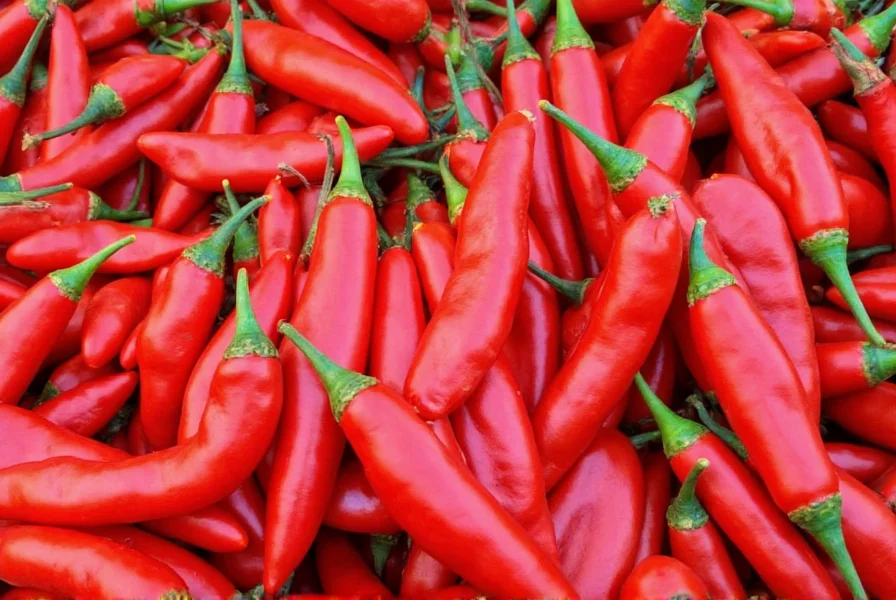
| Chilli Variety | Heat Level (Scoville) | Flavor Profile | Common Use |
|---|---|---|---|
| Cayenne | 30,000 - 50,000 | Hot, slightly sweet, smoky | Soups, sauces, rubs |
| Jalapeño (Ripe Red) | 2,500 - 8,000 | Mild, grassy, tangy | Stuffed, salsas, pickling |
| Habanero | 100,000 - 350,000 | Very hot, fruity, citrusy | Hot sauces, salsas, marinades |
| Ancho | 1,000 - 1,500 | Mild, sweet, earthy | Mexican dishes, mole, stews |
| Poblano (Ripe Red) | 1,000 - 2,000 | Mild, nutty, slightly sweet | Stuffed, enchiladas, tamales |
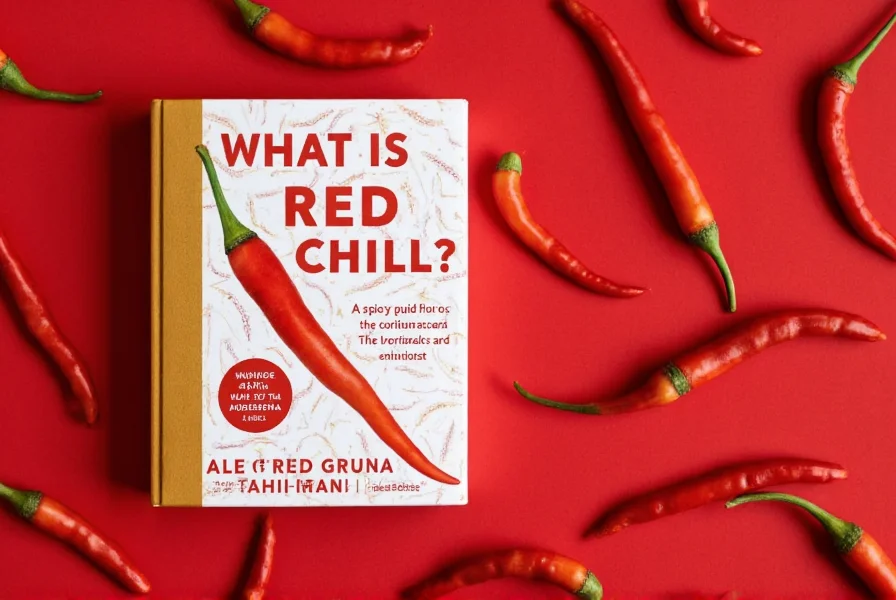
Culinary Uses of Red Chilli
Red chilli is a versatile ingredient used globally across cuisines. Its applications include:
- Chili Con Carne: Adds depth and heat to this classic American dish.
- Curries: Essential in Indian cuisine for both flavor and heat intensity.
- Hot Sauces: Base ingredient for sriracha, tabasco, and other iconic sauces.
- Stuffed Peppers: Used as filling or topping for bell peppers and other varieties.
- Marinades and Rubs: Enhances meats and vegetables with its signature heat and flavor.
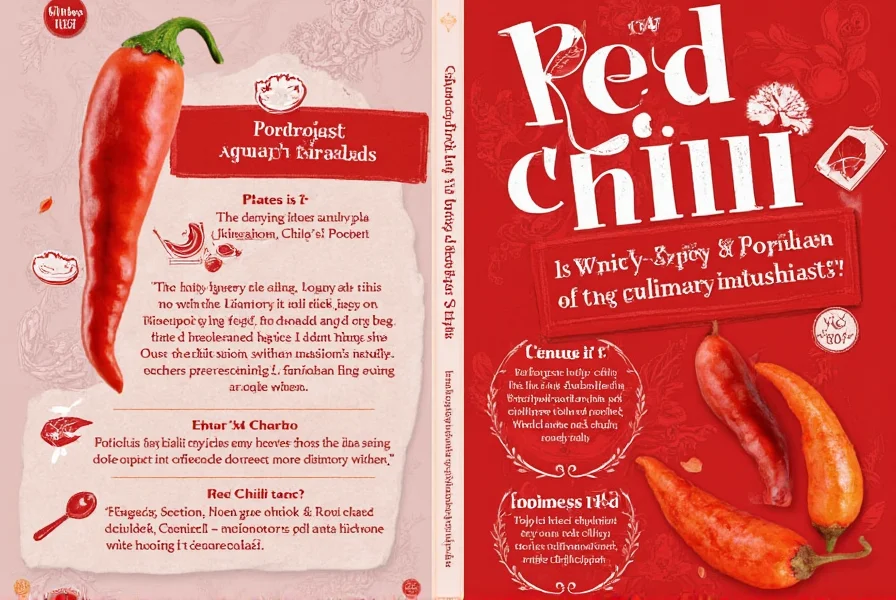
Practical Tips for Cooking with Red Chilli
Follow these expert recommendations for optimal use:
- Start Small: Add gradually and taste as you go to control heat levels.
- Remove Seeds and Membranes: These contain 80% of capsaicin for reduced heat.
- Use Fresh or Dried: Fresh offers bright flavor; dried provides concentrated, smoky notes.
- Balance with Dairy: Yogurt or sour cream neutralizes heat effectively.
- Store Properly: Refrigerate fresh chillies for up to 2 weeks or freeze for longer storage.
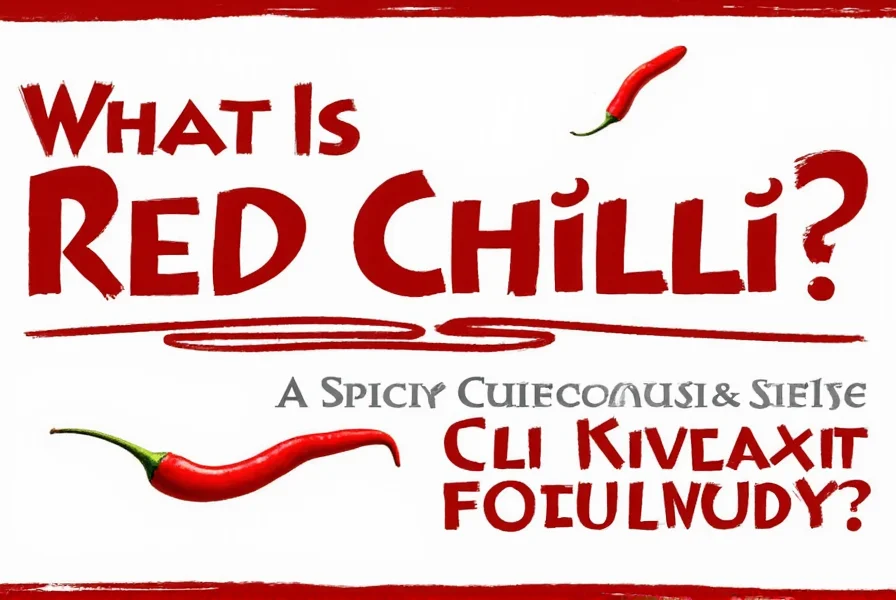
Buying Guide: How to Choose the Best Red Chilli
Select based on your culinary needs and heat preference:
1. Cayenne Pepper
Features: Medium to high heat, finely ground, commonly used in seasoning blends.
Advantages: Versatile, easy to store, consistent heat distribution.
Use Cases: Soups, stews, meat rubs, and hot sauces.
2. Ancho Chili
Features: Mild heat, dried form, deep flavor profile.
Advantages: Adds complexity without overwhelming heat.
Use Cases: Mexican mole, stews, and sauces.
3. Habanero Pepper
Features: Very hot, fruity, citrusy aroma.
Advantages: Intense flavor for adventurous cooks.
Use Cases: Hot sauces, salsas, and spicy desserts.
4. Poblano Pepper (Ripe Red)
Features: Mild heat, nutty, slightly sweet flavor.
Advantages: Great for stuffing and subtle warmth.
Use Cases: Stuffed peppers, enchiladas, and tamales.
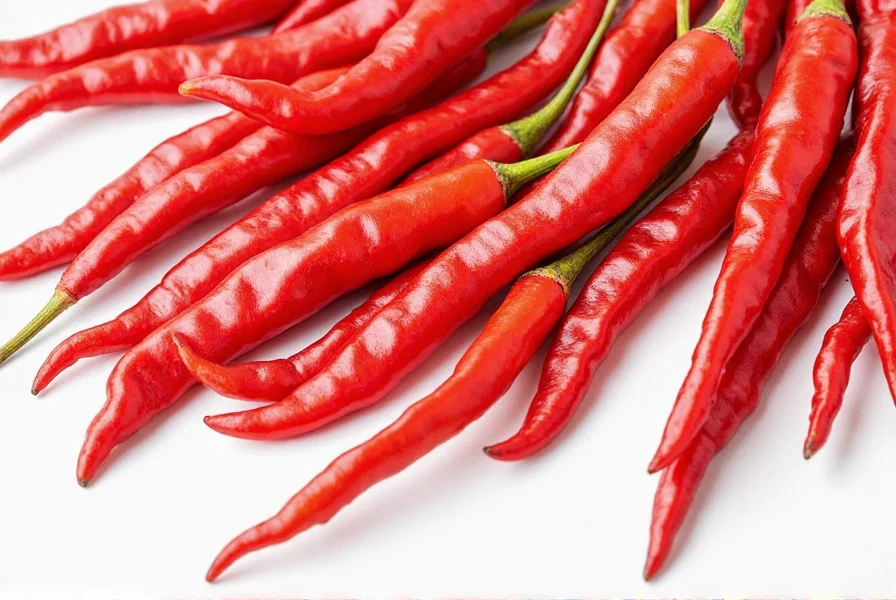
Frequently Asked Questions About Red Chilli
What is red chilli exactly?
Red chilli refers to ripe chili peppers that have turned from green to red as they mature. It's not a single variety but a category that includes many types of chili peppers that reach a red color when fully ripened. The heat comes from capsaicin, a compound concentrated in the white membranes and seeds.
Why are some chillies red?
Chillies turn red as they ripen due to the development of carotenoid pigments, particularly capsanthin. This is similar to how tomatoes change color. The red color indicates the pepper has reached full maturity, which often (but not always) means it's hotter and more flavorful than its green counterpart.
How hot is red chilli?
The heat level varies dramatically by variety. Red chillies can range from mild (like ripe poblanos at 1,000-2,000 Scoville units) to extremely hot (like habaneros at 100,000-350,000 Scoville units). The color alone doesn't determine heat level - it's the specific variety that matters most.
What's the difference between red chilli and other colored chillies?
Color primarily indicates ripeness stage. Green chillies are unripe, red are fully ripe. Ripe red chillies typically have a sweeter, more complex flavor than green ones, though they're often hotter. Some varieties like jalapeños can be used at both stages, offering different flavor profiles.
Is red chilli powder the same as chilli flakes?
No, they're different preparations. Red chilli powder is finely ground dried chillies, while chilli flakes are coarsely crushed dried chillies. Powder provides more even heat distribution, while flakes offer bursts of heat and visible texture. The specific variety used affects the heat level in both forms.
How can I reduce the heat of red chilli in cooking?
To reduce heat: 1) Remove seeds and white membranes (where most capsaicin resides), 2) Use less quantity, 3) Balance with dairy (yogurt, sour cream), 4) Add sweetness (honey, sugar), 5) Incorporate acid (lime juice, vinegar). Remember that cooking doesn't reduce capsaicin content - it just distributes it.
What are the health benefits of red chilli?
Red chilli contains capsaicin which may boost metabolism, reduce inflammation, and provide pain relief. It's rich in vitamins A and C, antioxidants, and may support heart health. According to the Mayo Clinic, moderate consumption has been linked to cardiovascular benefits. However, excessive consumption can cause digestive issues for some people.
How should I store red chilli?
Fresh red chillies should be stored in the refrigerator's vegetable drawer for up to 2 weeks. For longer storage, freeze whole or chopped chillies in an airtight container. Dried chillies should be kept in a cool, dark place in sealed containers for up to a year. Ground chilli powder loses potency faster and is best used within 6 months.
Conclusion
Red chilli is more than just a colorful spice - it's a versatile ingredient with diverse varieties and applications. Understanding its heat levels, flavor profiles, and proper usage allows you to enhance any dish safely and effectively. Whether you're a beginner or experienced cook, experimenting with different types of red chilli will expand your culinary skills and flavor repertoire.
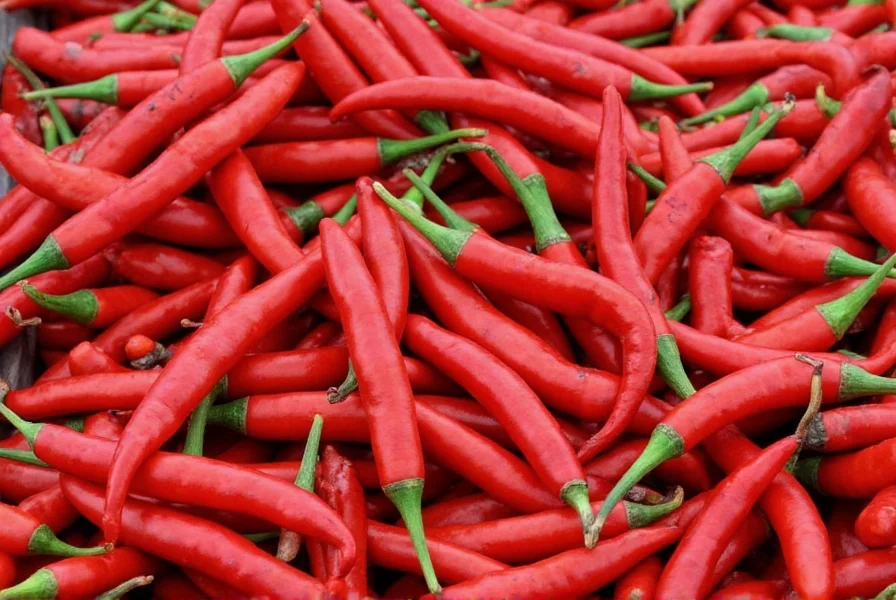

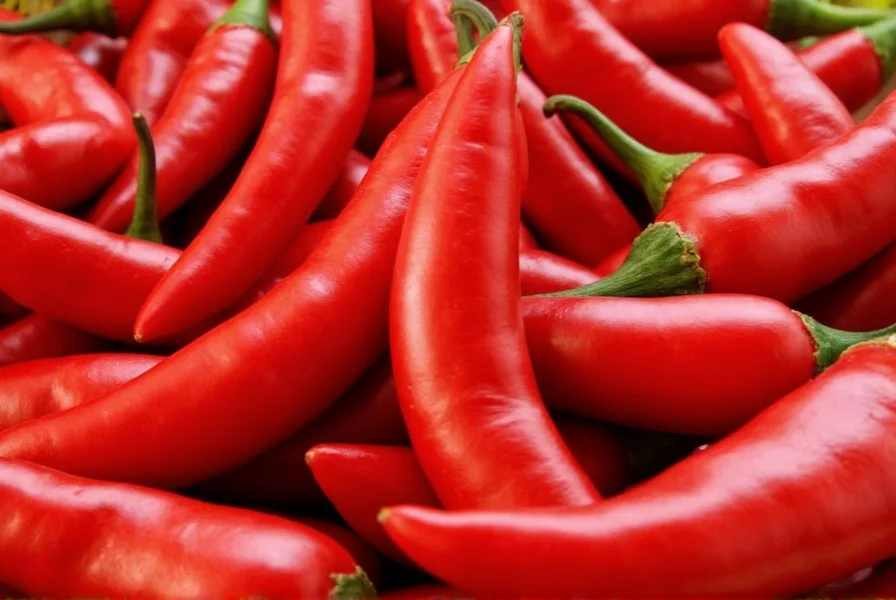









 浙公网安备
33010002000092号
浙公网安备
33010002000092号 浙B2-20120091-4
浙B2-20120091-4